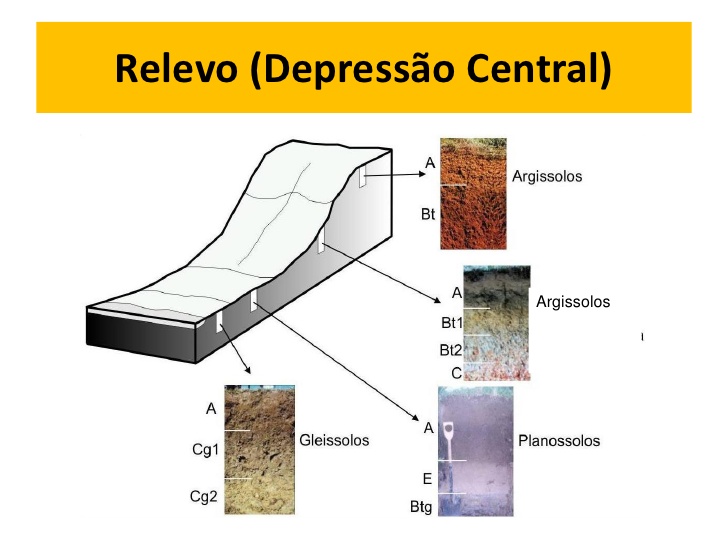How might the soil on a mountain top differ from the soil in a valley below?
1 Answer
The soil located on top of a mountain differs essentially from lowland soils due to the process of their origin and their morphological and chemical characteristics.
Explanation:
One of the factors influencing the formation, dynamics and evolution of the soil is relief! As soil formation factor, this influences the weathering rates and leaching of soil nutrients; developing the same profile; drainage; coloring; porosity, inter alia soil body.
One of the ways in which the relief influences formation of soil is through the mass movement. This process is due to the steepness of the terrain factor, which influences the dynamics and movement of weathered material. In flat areas of relief, erosion is reduced, due to the low steepness of relief, favoring the evolution and development of the soil profile, on the other hand, in areas of rugged terrain (such as mountains) the slope is a limiting factor to development of the soil profile, which occur as thin layers of weathered material, as can be seen in the figure below.

In the figure, we can note the following: the flatter areas, the predominant formation of mature soils, developed, poor in nutrients and deep to very deep, the extent to which it goes towards the plain, we can see the emergence of less developed soils and deep, rich in primary nutrients and minerals, besides having lower porosity and permeability, favoring of waterlogging.
